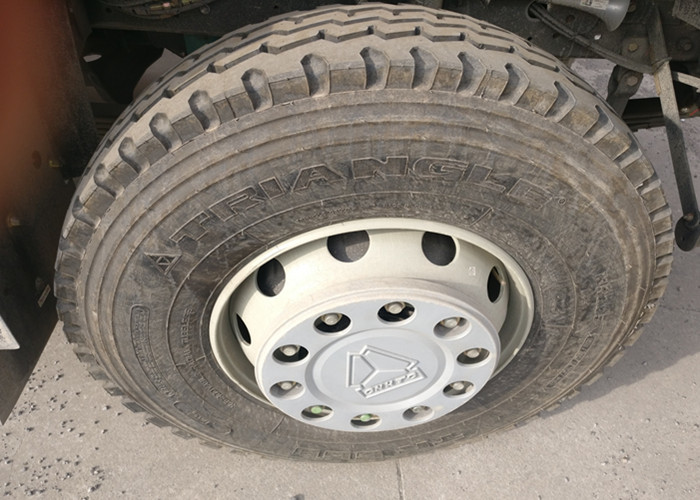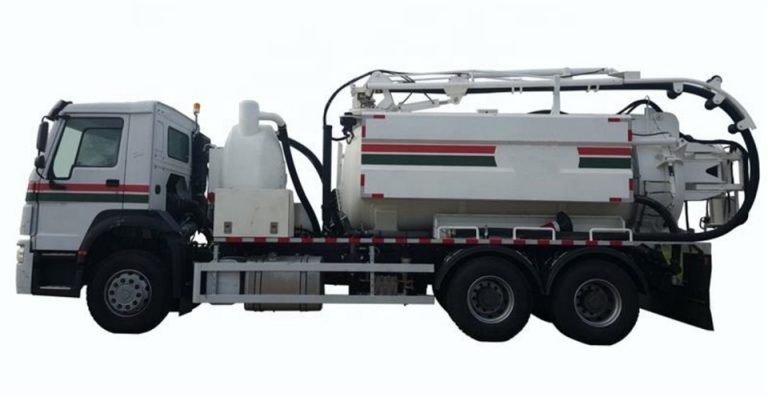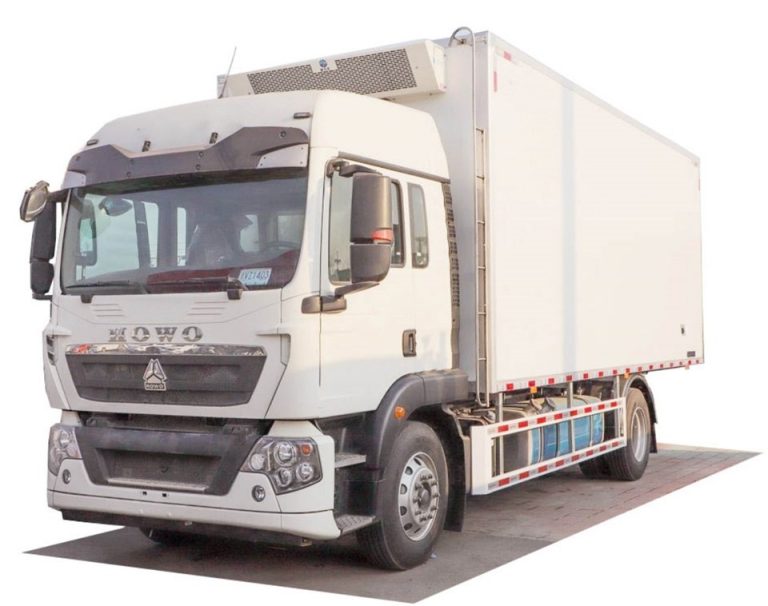When it comes to transporting fuel, understanding the truck tank capacity is crucial for efficiency, safety, and compliance. This article delves into everything you need to know about fuel truck tank capacity, including types of tanks, factors affecting capacity, and practical tips for operators. Whether you’re a professional driver, a logistics manager, or someone interested in the fuel industry, this guide is designed to provide you with detailed insights.
What is Fuel Truck Tank Capacity?
Fuel truck tank capacity refers to the maximum amount of fuel that a tank on a fuel truck can hold. This measurement is pivotal for logistics, ensuring that fuel is transported safely and efficiently. Fuel trucks come in various sizes, and understanding their tank capacities can help operators optimize usage and comply with regulations.
Types of Fuel Tanks Used in Trucks
1. Storage Tanks
Storage tanks are permanently mounted on trucks and used for transporting bulk fuel. The capacities vary widely, usually between 1,000 to 12,000 gallons depending on the truck design.
2. Portable Tanks
These are designed for temporary storage and can be easily unloaded. Portable tanks typically range from 100 to 500 gallons, making them suitable for smaller operations or emergency fueling.
3. Fuel Tanker Trailers
Fuel tanker trailers are towed by trucks and come in larger capacities, often exceeding 10,000 gallons. They are frequently used for long-distance transportation due to their ability to carry more fuel per trip.
4. Tanker Trucks
Tanker trucks, which are also known as fuel tank trucks, can hold between 3,000 to 11,000 gallons of fuel and are designed for driving on highways and city roads.
Factors Affecting Fuel Truck Tank Capacity
1. Regulatory Compliance
Each region has regulations that dictate the maximum allowable fuel tank capacity based on road types and environmental conditions. Operators must consider local laws to avoid fines and ensure safe operations.
2. Truck Size and Design
The design and size of the truck play a significant role in determining the fuel tank capacity. Larger trucks can accommodate bigger tanks, but this also affects maneuverability and road usage.
3. Weight Limitations
The weight of the truck, along with its cargo, is subject to weight limits. Exceeding these limits can lead to safety hazards and legal issues. Operators must balance fuel load with truck capabilities.
Understanding Different Fuel Types and Their Impact on Capacity
1. Diesel Fuel
Diesel has a higher density compared to gasoline, which may result in fewer gallons transported by weight but can be advantageous for long distances.
2. Gasoline
Gasoline is less dense than diesel, allowing for a greater volume transported by weight. This aspect is significant for distribution strategies.
3. Biofuels
Biofuels often have varying densities depending on the blend. It’s important for operators to understand these variations, as they can affect overall delivery capacity.
Calculating Fuel Truck Tank Capacity
Understanding Tank Volume
Tank capacity is typically measured in gallons or liters. A simple formula to calculate the volume of a cylindrical tank (common in fuel trucks) is:
Volume (V) = π × r² × h
Where r is the radius and h is the height of the tank.
Example Calculation
If a tank has a diameter of 5 feet and a length of 20 feet:
- Radius (r) = 2.5 feet
- Height (h) = 20 feet
- Volume = π × (2.5)² × 20 = 39.27 cubic feet
To convert cubic feet to gallons (1 cubic foot = 7.48 gallons):
- Volume in gallons = 39.27 × 7.48 ≈ 294 gallons
Best Practices for Fuel Truck Operating and Capacity Management
1. Regular Maintenance
Regular inspections and maintenance of the fuel truck ensure that the tank operates efficiently and adheres to safety regulations.
2. Weight Distribution
Proper weight distribution is vital. Unevenly loaded trucks can lead to instability on the road, increasing the risk of accidents.
3. Fuel Efficiency Tips
Implementing fuel-efficient driving techniques can save costs and extend the lifespan of the fuel truck. For instance, maintaining a steady speed and avoiding rapid acceleration can increase efficiency.
4. Record Keeping
Keeping track of fuel usage, maintenance schedules, and tank capacities allows for better planning and helps to identify potential issues early.
Environmental Considerations in Fuel Tank Capacity
The Role of Regulations
Environmental regulations often dictate specifics about fuel tank constructions, such as secondary containment requirements and spill preventions. Understanding these regulations is critical for compliance.
Impact of Fuel Spills
Fuel spills can have dire environmental impacts. Proper training in handling and transporting fuel can significantly reduce the risk of spills and resultant penalties.
Choosing Eco-Friendly Fuels
Using eco-friendly alternatives can impact tank capacity considerations, as different fuels have varying energy content and density.
Future Trends in Fuel Truck Tank Capacity
1. Technological Innovations
Advancements in technology are leading to the development of more compact and environmentally-friendly fuel trucks, which may have varying tank capacities.
2. Shift to Alternative Fuels
The increase in the use of electric and hydrogen-powered vehicles might change the dynamics of fuel transportation, affecting traditional fuel truck tank capacities.
3. Regulatory Changes
As environmental awareness grows, regulations may become stricter, influencing tank sizes and materials used in construction.
FAQs about Fuel Truck Tank Capacity
1. What is the average fuel truck tank capacity?
The average fuel truck tank capacity ranges from 3,000 to 11,000 gallons, depending on the design and purpose of the truck.
2. How do I calculate the fuel capacity of my tank?
You can calculate the tank capacity using the formula for the volume of a cylinder and converting the measurement from cubic feet to gallons.
3. Are there specific regulations for fuel truck tank capacity?
Yes, regulations vary by location and may dictate maximum capacities, weight limits, and safety features required for fuel tanks.
4. How often should I inspect my fuel truck tank?
Regular inspections are advised, typically every 3-6 months, or more frequently if the truck is in heavy service.
5. What should I do if my fuel tank is leaking?
Immediately report the leak to the appropriate authorities and take necessary actions for containment and cleanup according to local regulations.
6. Can I increase my fuel tank’s capacity?
Increasing a fuel tank’s capacity usually requires consulting professionals and adhering to regulatory compliance, as modifications can pose safety risks.






